

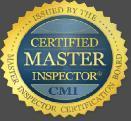




Combination
Code Certified
5188826 R-5
National
Certified Master Inspector®

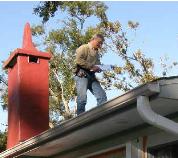

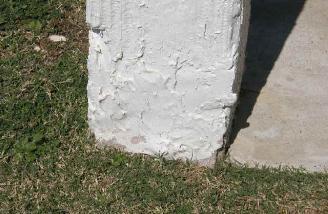
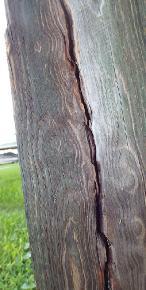
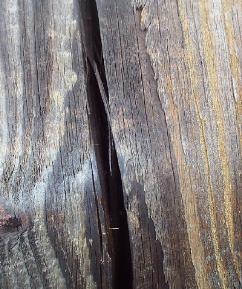
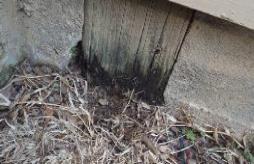
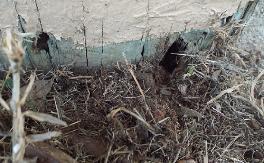
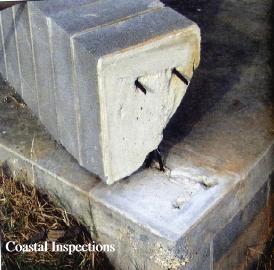
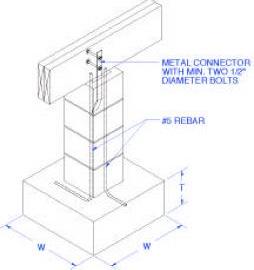
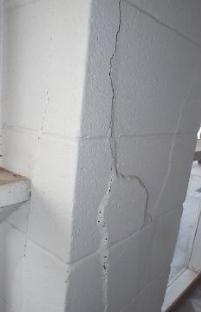
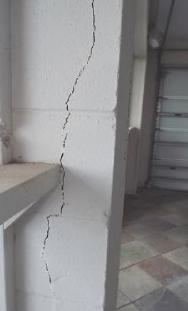
Coastal Home Foundation Piling Problems
An inspector should carefully look at your homes pilings which support the structure above the ground. The inspector should also describe the type of foundation pilings with sufficient detail so you may compare to any appraisal description or listing (advertising). A professional inspection will commonly take photos as needed. A illustration of the piling type helps as well.
If Wood Pilings then look carefully for rot/decay at the bottom of the piling. Any sign of decay should be probed to help opine the depth of the decay. Usually the decay starts in the first 2 feet of earth in what I call the wet zone and expands to the surface. Decay of pilings need further exploring and opinion. Your inspector should pay special attention to wood pilings of 15 years or older. The older they are the more attention is needed. We have seen decayed pilings missed by many without the experience and education needed to inspect. We have seen wood pilings with a bad patch attempt to hide the decay just like in the following image.
Splits allow moisture to the core where less chemical treatment
penetrated to accelerate decay
Concrete masonry unit (CMU) (i.e. concrete blocks) should be inspected for any fillers added or plastering that may indicate a repair attempt was made. Pilings covered by a cladding mask its surface and prevent inspection. A buyer should be made aware of this. Fillers or plastering could be significant as it may indicate oxide jacking exacerbated by the rebar steel inside the piling. As the rebar rusts it can crack the cement blocks in which the crack allows more moisture and air to further exacerbate oxide jacking. It is destructive. See example images below and accompanying illustration.
Concrete Masonry Block Failure
The expansive force of this rusting, termed oxide jacking or rust burst, is a phenomenon that can cause damage to structures made of stone, masonry, concrete or ceramics, and reinforced with metal components. So much energy is released by oxidation that the stresses generated are of sufficient magnitude to deform or fracture all known materials. The chemical reaction is accompanied by an expansion of volume of several hundred percent that is nearly impossible to restrain. Oxide jacking may be attributed to the hygroscopic nature of the cement to transport moisture and chlorides (salt) to the steel rebar. Frick’s second law of diffusion is most commonly used to model the transport of chlorides through concrete. There is an ASTM test standard used to identify and test the transport of chlorides through concrete although it is destructive.
The bad news is that oxide jacking requires piling replacement. In new construction material selection and supervision can to help protect from cracked pilings or oxide jacking. The most local construction litigation occurred in a condominium project built along a beach front.
See the failure (below) of cement masonry units with no visible evidence of oxide jacking.
Rusted out rebar at the foundation. Pilings pushed over. Catastrophic failure.
Example construction detail of concrete masonry unit construction.
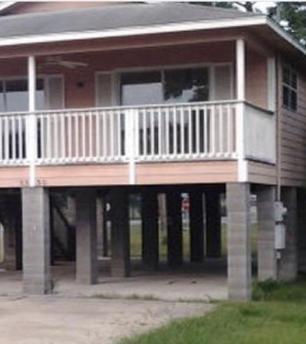
We have a suggestion on how to protect concrete masonry unit pilings we discuss with you on the inspection. Solid concrete pilings are also influenced by the same oxide jacking as concrete masonry units. A large condominium project along the Gulf of Mexico had problems that led to litigation. Also seen in a canal community on the Bay.
Brick Pilings
Brick pilings are common in older homes. On these the mortar joints deteriorate to where you can dig the mortar out with your finger. Its become more of a sand mix than a cement mix. It may be cheaper and stronger to replace these with concrete masonry units than try to renovate. To keep the brick look the concrete masonry units can be simply clad with brick veneer.
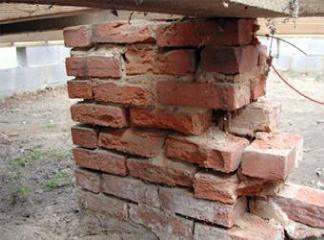
Wood, brick, concrete masonry unit or solid concrete.
We inspect pilings.
If your floors are out-of-level give us a call. We can measure floor surface elevations with our digital smart level. We can measure down to 1/10th inch.
The standards in Texas do not prepare a home inspector to inspect these pilings much less coastal construction. The minimum state standard is not a good, better or best standard so we don't recommend that you solely rely on it. Experience and education is your best bet
